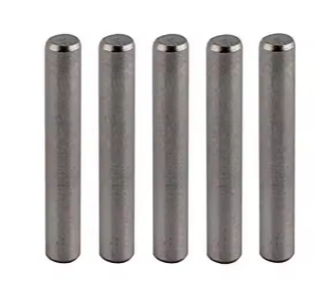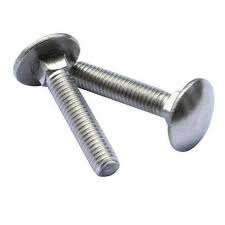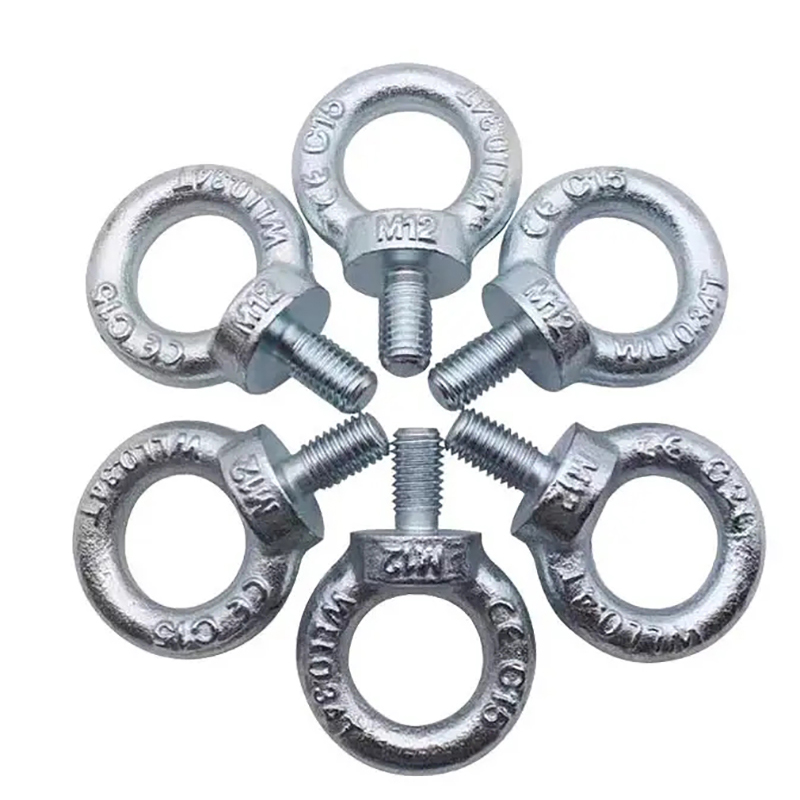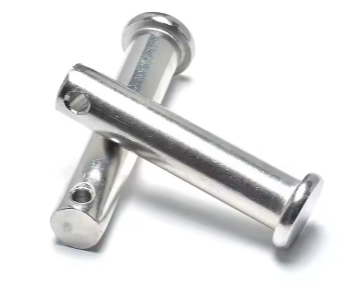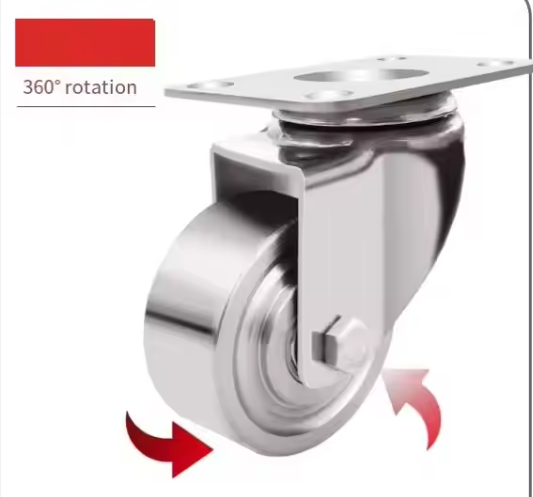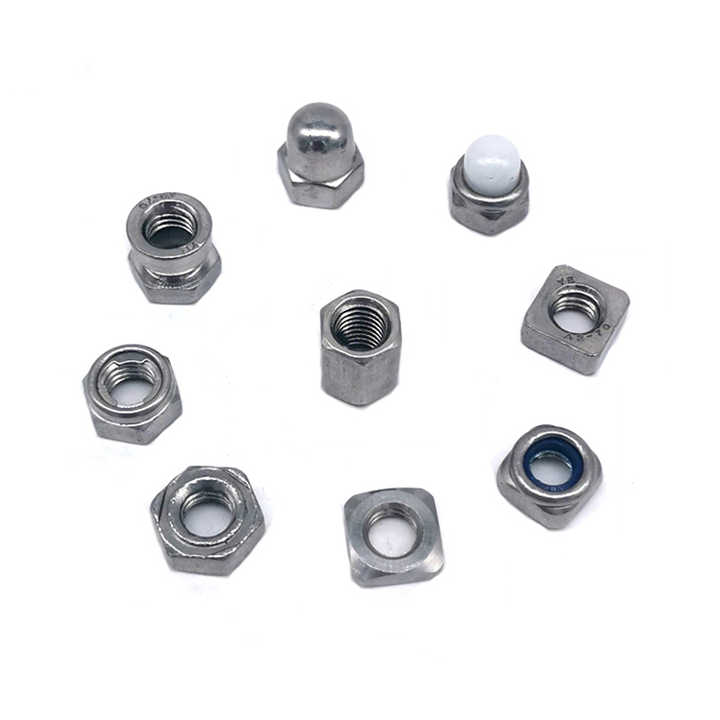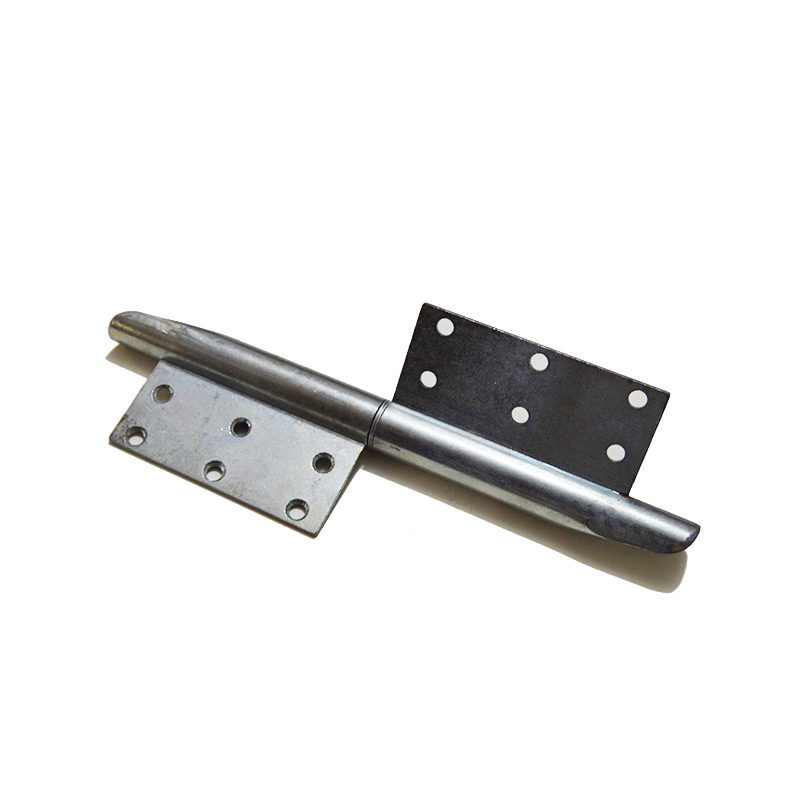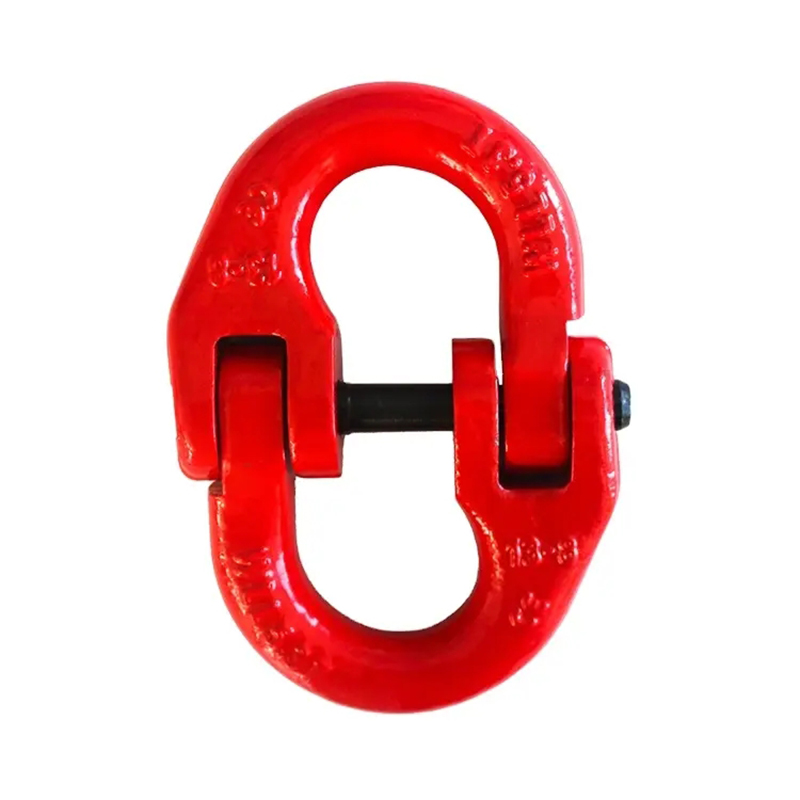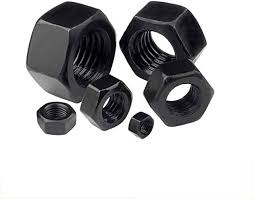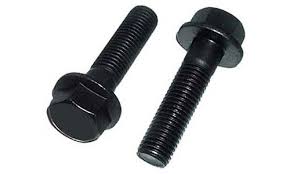

Finding a reliable supplier for high-quality hexagonal flange nuts can be challenging. This guide provides a comprehensive overview of hexagonal flange nuts, factors to consider when choosing a supplier, and key features to look for to ensure optimal performance and longevity. We'll explore different materials, sizes, and applications, helping you make informed decisions for your specific needs. This guide will equip you with the knowledge to confidently select the right Hexagonal flange nut supplier for your project.
Hexagonal flange nuts are fasteners with a hexagonal head and a flat, circular flange. The flange provides a larger bearing surface, distributing load and preventing damage to the workpiece. This design enhances clamping force and improves overall structural integrity. They are commonly used in various industries and applications requiring secure and reliable fastening. The precise dimensions and materials used vary depending on the intended application.
Hexagonal flange nuts are manufactured from a variety of materials, each offering unique properties: Steel (carbon steel, alloy steel, stainless steel), Brass, Aluminum, and others. The material selection depends on factors such as the required strength, corrosion resistance, and operating environment. The grade of the material (e.g., Grade 5, Grade 8) indicates its tensile strength and overall performance capabilities. Higher grades generally offer increased strength and durability.
Hexagonal flange nuts are available in a wide range of sizes, specified by their thread diameter and length. Thread types also vary (e.g., metric, UNC, UNF). Accurate size selection is crucial for ensuring a proper fit and avoiding damage to the threaded components. Consult engineering specifications or manufacturer documentation for precise sizing requirements. Selecting the appropriate size is critical for achieving the desired clamping force and ensuring the integrity of the fastening system.
Selecting a reliable Hexagonal flange nut supplier is paramount. Consider these factors: Quality certifications (e.g., ISO 9001), Production capacity and lead times, Customer service and technical support, Pricing and payment terms, and Shipping and logistics capabilities. Thorough due diligence ensures you partner with a supplier that meets your quality, delivery, and budget requirements.
Reputable suppliers hold relevant quality certifications demonstrating their commitment to manufacturing high-quality products. Look for certifications such as ISO 9001, which signifies adherence to international quality management standards. These certifications provide assurance that the hexagonal flange nuts meet specific quality control measures and consistently deliver reliable performance.
Hexagonal flange nuts find application across diverse industries. Some notable uses include: Automotive, Construction, Machinery manufacturing, Aerospace, and General engineering. Their widespread use stems from their versatility and ability to provide strong, reliable fastening in a variety of applications and environments.
| Application | Material Recommendation |
|---|---|
| Automotive | High-strength steel, stainless steel |
| Construction | Carbon steel, galvanized steel |
| Machinery | Alloy steel, stainless steel |
For high-quality hexagonal flange nuts and exceptional service, consider Hebei Dewell Metal Products Co., LTD. They offer a wide selection of fasteners, meeting diverse industrial needs. Their commitment to quality and customer satisfaction makes them a trusted partner for your fastening solutions. Contact them today to discuss your requirements.
Disclaimer: This information is for general guidance only. Always consult relevant engineering specifications and manufacturer documentation for precise sizing, material selection, and application requirements.

